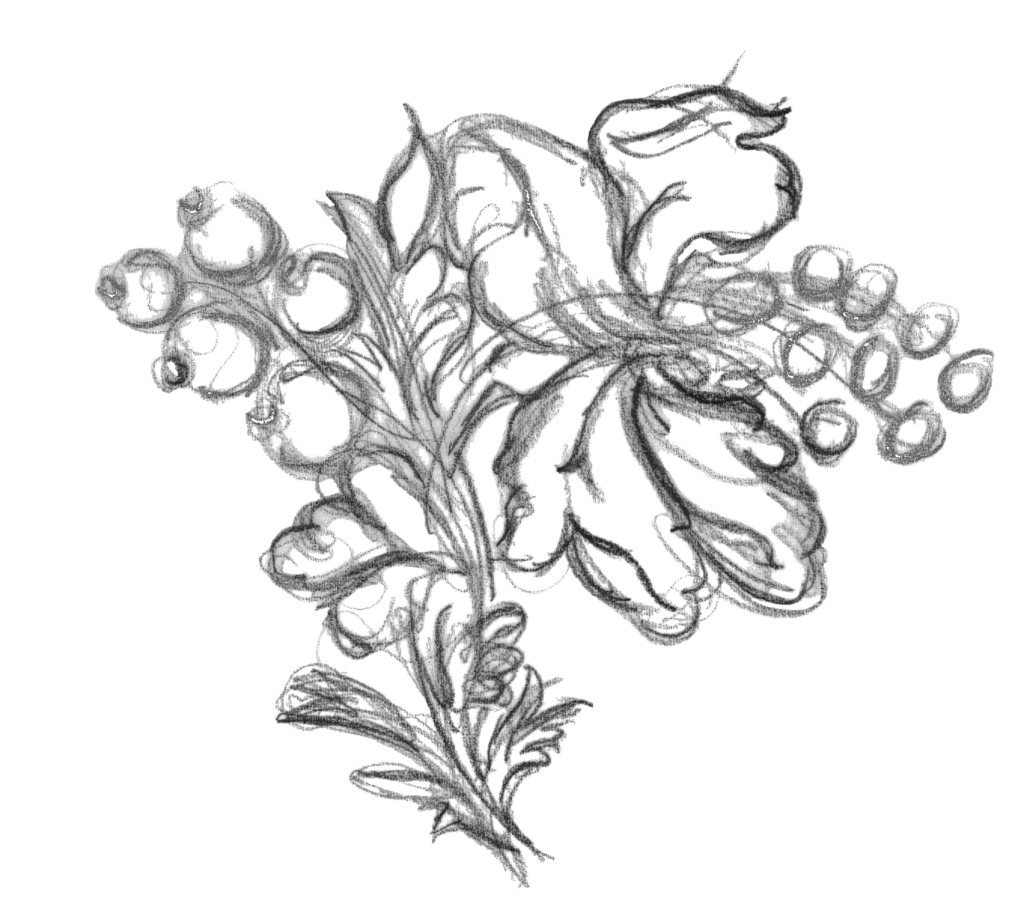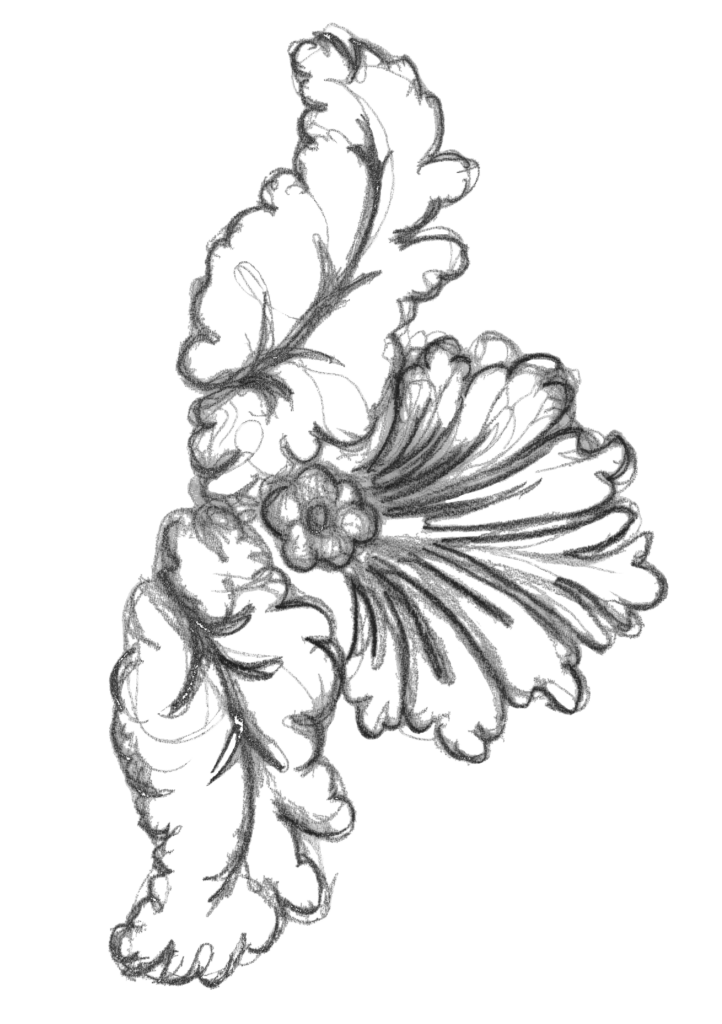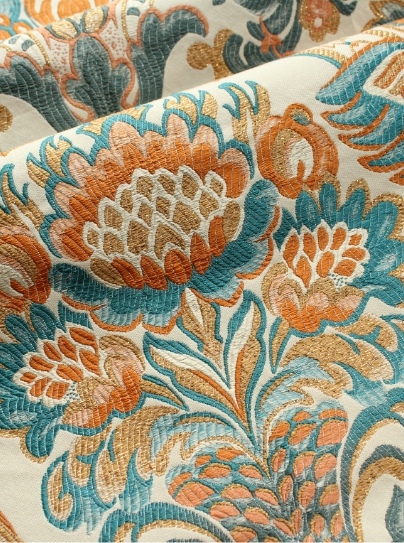Windsor Castle over 1,000 Years
Founded at the end of the 11th century by William the Conqueror, Windsor Castle has been home to 39 monarchs during its time and has remained in continuous use as a Royal Residence. The Castle is where Her Majesty Queen Elizabeth II and The Duke of Edinburgh choose to spend most of their private weekends, along with taking official residence at Windsor twice a year.
Samuel Pepys quoted in his Diary of 1666 that Windsor Castle ‘It is the most romantique castle that is in the world’ and it is easy to understand why he would make such a statement. The surrounding parks, linked by the 4 kilometre ‘Long Walk’ lined with London Plane Trees and Horse Chestnuts, could lead one to thinking they were in rural Britain. In fact, the Castle is situated in the centre of the buzzing quintessentially town of Windsor.

Windsor Castle in 1658, Wenceslas Hollar
Windsor Castle is a site which has undergone a number of major developments over almost 1,000 years. Each monarch has put their stamp on the Castle in some way, whether it’s through textiles and works of art, or the more complex form of commissioning extra rooms and apartments.
William the Conqueror founded the castle around 1070 in order to secure the western side of London. When first built, the castle was walled in timber which was later replaced with stone by Henry II.
Edward III spent £50,000 transforming the castle during his reign of 1327-77, that’s estimated to be the equivalent of over £36 million today. The castle, which was originally built for military purpose, was turned into a spectacular palace under Edwards’s instruction.
Charles II appointed Hugh May, an architect, to oversee his ‘personal stamp’ on the Castle during his reign 1660-1685. The apartments were adorned with the richest of textiles including tapestries, wall hangings, window drapes and embroideries. May assembled the highest quality artists and craftsmen to carry out the work.
It was then during the reign of George IV that the long gallery, of 168 metres, was conceived along with the semi-state apartments.These apartments are ever so rich in textiles, and really would blow one’s mind away upon entry. Each room is centred around a large bay window on one side and the sequence of rooms is used by the monarchy when hosting guests.
In November of 1992 a fire blazed through a proportion of the castle severely damaging The Semi-State Apartments along with St George’s Hall and many of ancillary rooms. The blaze was thought to have been started by a spotlight setting alight in Queen Victoria’s private chapel. Thankfully much of the contents of the State Apartments had been moved into storage in anticipation of re wiring work taking place. Therefore, when it came to restoring the damaged rooms, a lot of the original furniture could be reinstalled. The textiles in The Green Drawing Room, Crimson Drawing Room, State Dining Room and the White Drawing Room were accurately replicated and woven by The Humphries Weaving Company after the great fire of 1992. These rooms are open to the public during the months of October – March, so do take a visit to witness some of the finest, breath taking rooms one will ever step foot in.









